In the heart of Nashville, Tennessee, the music capital of the United States, you’ll find one of the greatest recording facilities in the world—Blackbird Studio. Built by John and Martina McBride, Blackbird’s reputation for high-quality service and recording has attracted the likes of Queen, Alision Kraus, Dolly Parton, STYX, and Lady Antebellum.
And just next door to music legends, you’ll find a room full of students who are studying the ins and outs of audio recording, music production, mixing, and mastering at Blackbird Academy, the studio’s recording school.
Blackbird Academy
Mark Rubel, Director of Education at Blackbird Academy, says the students spend half the time in the classroom learning the principles of recording, hearing from industry professionals, and working on projects in the lab.
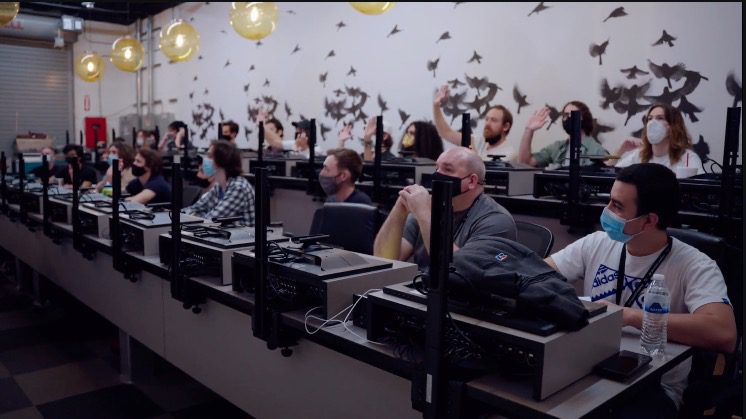
They spend the other half of their time in Blackbird Studio, getting immersive, hands-on, real-world experience by working with musicians who are in the process of recording at Blackbird. It’s an intensive 6-month program, and by the time they graduate, they’ve spent 3 months making records. They understand how to present themselves, how to interact with musicians, how the process works, how not to get fired—basically, a lesson in audio engineer’s bedside manner, and not just technical know-how.
When he’s not heading up the Blackbird education department, Mark Rubel is also a producer, legal expert witness in forensic audio, and author of an upcoming book about the history of recording studios. He knows how dramatically recording technology has changed over the last few decades, yet he emphasizes the importance of students learning how to employ a mix of old and new techniques, approaches, and equipment.
John McBride’s vision has been for any artist walking through the doors of Blackbird to have a full palette of equipment and techniques to realize all of their recording and production ideas. The academy takes a similar approach. They want to set up new engineers with the skills to learn how to do anything.
“It’s not the wand, it’s the wizard,” says Rubel, when asked about the pedagogical approach at Blackbird Academy. He asks students to focus not only on the hows, but the “why’s”. “You never stop learning.” With all the technological options available, Rubel says that knowing why you’re doing something a certain way, provides a philosophical framework for the craft. We teach them how to learn.”
“Mixing” with old and the new
Blackbird Studio and Academy have practically all the recording technology available. Both clients and students are lucky enough to experience gear and techniques from the 50s, 60s, and 70s alongside the latest prototypes of new products, which Blackbird has the privilege of testing out before being released to the market.
On the last day of class, Rubel has students “end at the beginning.” They get to use an Edison cylinder, the very first recording technology from 1888. It involves yelling into a horn to push a needle into wax. No microphones, no speakers, no computers—it’s a 100-year old, ancient sound.
Rubel thinks a lot of modern music is overcompressed, causing the listener to pull away—a more assaulting listening experience than in the past. In contrast, an Edison recording encourages students to cluster around and listen in to pick up such a limited, low-level sound.
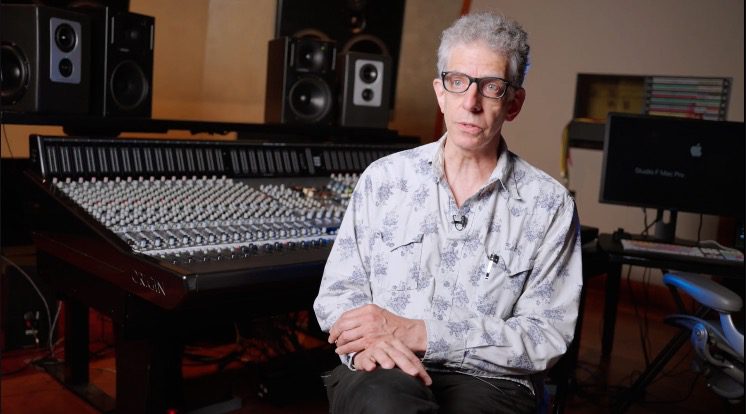
Rubel goes on to paint a picture of the humble beginnings of recording technology to demonstrate that the recording of sound was once democratized before it became highly professionalized.
Anyone who had a gramophone to play music could record. Back when literacy was low, people could speak into the gramophone and send out voice messages on wax. At one point, if you wanted to hear music, you had to make it yourself. “The tablet is the new folk instrument” suggests Rubel. Technology has brought it full circle. Like the days of the gramophone, anyone can record sound or make music on their mobile device, making it no longer exclusive to professionals.
Teaching for 36 years, Rubel has a collection of elaborate lesson plans with digital presentations, making it crucial for him to have the right systems and backup in place, because if anything goes haywire he has to engage the classroom and troubleshoot simultaneously. He says he’s lucky to have OWC docks to streamline the classroom experience, and a two-terabyte OWC drive for backup.
OWC bridges the gap
The stark contrast between analog and digital equipment, plus the overwhelming variety of technology both in the academy and all nine studios, means an abundance of connectivity is necessary.
Paul Simmons, Studio Operations Manager and Drum Tech at Blackbird, says a huge part of his job is troubleshooting. And these days, with most things relying on digital technology, there’s a lot to keep up with—from DAWs, to plug-ins to digital equipment. Software updates occur on a daily basis, so knowing when and when not to run an update in a multi-room recording facility is really important.
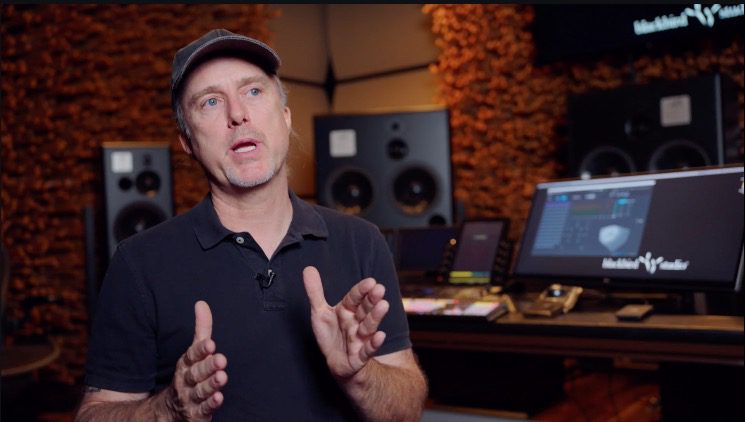
Simmons started using OWC products when he was a working drummer and wanted to start recording. Having some performance issues with a laptop, Simmons purchased additional memory for it and he found the installation process very smooth thanks to the OWC tutorials.
In his current position, Simmons is charged with keeping all the technical aspects of a recording studio in place, which requires a lot of research, and to this day, he looks forward to the clear, “tech-head voice” behind OWC tutorial videos.
“OWC is a no-brainer, it’s just dependable…that stress level goes down with guys.”
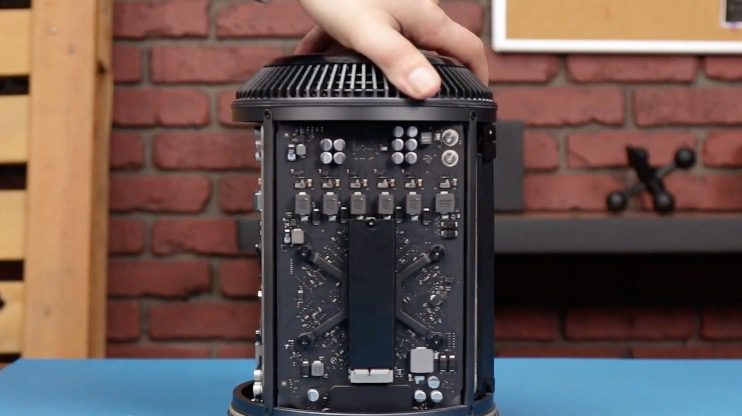
A lot of the engineers at Blackbird will buy new technology with lesser RAM and upgrade it through OWC to save money. They all call Simmons to install it, of course, since he’s so familiar with the installation process. The tape vault, which is mostly external drives now, contains 80% OWC SSD drives. They even keep extras on hand to resell to clients. And Simmons relies on OWC hubs and adapters to bridge old with new technology, and to make the variety of gear at Blackbird compatible. Portable drives like OWC’s Envoy are also a favorite among their clients these days.
Hey! Queen is next door!
Paul Simmons
Simmons loves working with the students at the academy. He finds the generational gap rewarding—sharing passion for drums and his knowledge about analog versus digital. He enjoys learning from them, too. Simmons says, “It’s really interesting to go from working with Queen in a tracking session, and then walking over and doing a lecture with the kids, and getting to tell them, Hey, Queen is next door!”
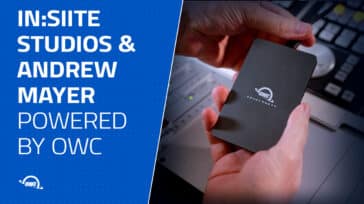
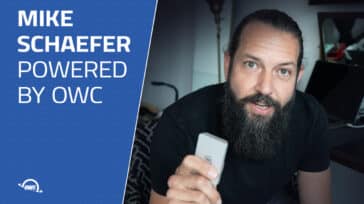
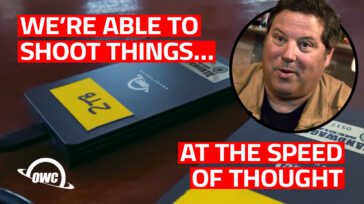
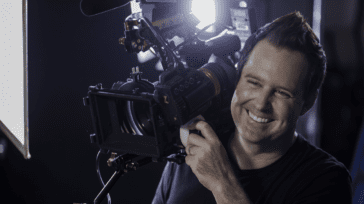


So… Mark Rubel is the professor in the first photo.. might want to update his name as such to do right by the article.. it shows as Paul Rubel.
Thanks for the correction! We fixed it.